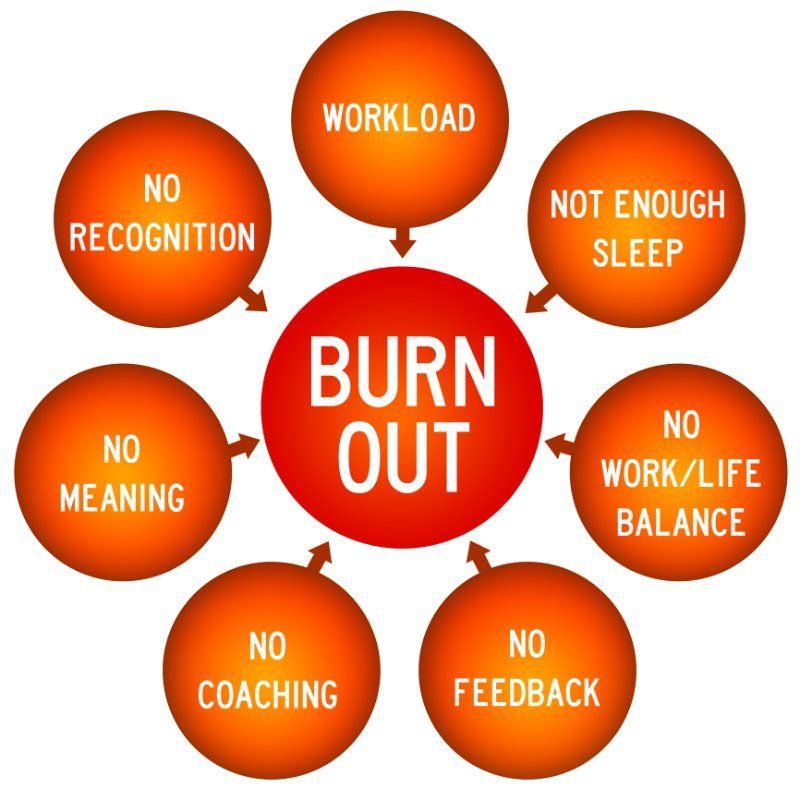
Set” width=”474″ height=”474″>
How to Identify and Address Signs of Burnout in Yourself and Others
Burnout is a common problem that affects many individuals in today’s fast-paced and demanding world. It can significantly impact our physical, emotional, and mental well-being, as well as performance in both personal and professional settings. In order to prevent burnout from taking a toll on our lives, it is crucial to be able to identify the signs and take appropriate measures to address them. This article will guide you through recognizing the signs of burnout in yourself and others, and offer suggestions on how to effectively address them.
Signs of Burnout
Burnout presents itself differently in each individual, but there are several common signs to look out for:
Physical and emotional exhaustion
Reduced interest and motivation in activities
Difficulty concentrating and making decisions
Increased irritability or cynicism
Insomnia or changes in sleeping patterns
Physical symptoms such as headaches, stomachaches, or muscle tension
Withdrawal from social interactions
Decreased productivity and performance
Identifying Burnout in Yourself
Recognizing burnout in yourself requires self-reflection and being aware of your physical, mental, and emotional state. Pay attention to any changes in your behavior, thoughts, or feelings. It can be helpful to keep a journal to track any patterns or trends you notice. If you consistently experience several of the signs mentioned earlier, it may be an indication that you are experiencing burnout.
Addressing Burnout in Yourself
Once you have identified burnout within yourself, it is crucial to take steps towards addressing it. Here are some strategies:
Recognize the problem and acknowledge your feelings
Set boundaries and prioritize self-care
Delegate or ask for help when needed
Seek support from trusted friends, family, or professionals
Engage in activities that bring you joy and relaxation
Practice stress-management techniques such as meditation, exercise, or deep breathing
Consider a change in routine, career, or lifestyle if necessary
Identifying Burnout in Others
Recognizing burnout in others can be equally important, as it allows us to offer support and assistance when needed. Look out for the following signs:
Changes in behavior or mood
Increased absences or reduced productivity
Expressing negative or cynical attitudes
Isolation or withdrawal from social interactions
Unexplained physical symptoms or complaints
Lack of enthusiasm and motivation
Addressing Burnout in Others
If you notice signs of burnout in someone else, it is important to approach the situation with empathy and support. Here are some ways to help others address burnout:
Open up a conversation and express your concern
Listen actively and non-judgmentally
Offer practical assistance or help with tasks
Suggest stress-management techniques or resources
Encourage them to seek professional help if necessary
Provide a supportive and understanding environment
Recognizing and addressing signs of burnout in ourselves and others is essential for maintaining overall well-being and fostering a healthy work-life balance. By being proactive in identifying these signs and taking appropriate action, we can prevent burnout from negatively impacting our personal and professional lives.

